Why Your Home’s Orientation Matters More Than You Think
Hey there! So, have you ever stopped to think about how the direction your house faces can actually impact your daily life? Maybe not, right? But believe it or not, the orientation of your home can make a huge difference in everything from energy efficiency to comfort levels. In the tropical climate of Malaysia, where the sun shines brightly and the rain can pour heavily, the way your home sits on its plot of land isn’t just a matter of aesthetics. It’s about how you enjoy your space every single day. So, grab a cup of teh tarik and let’s explore why the way your home is positioned could be more important than you think!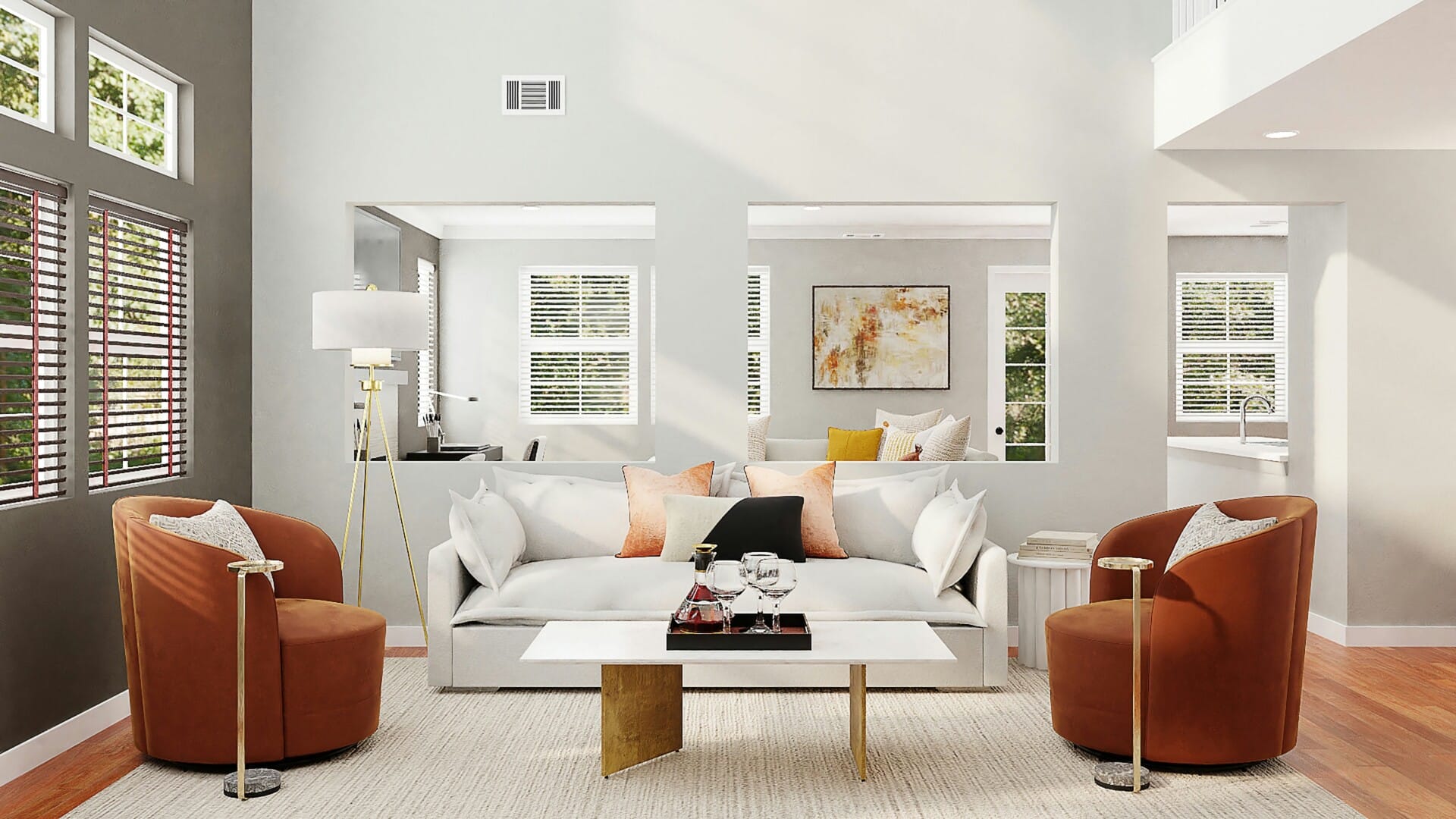
The Impact of Sunlight on Your Indoor Environment
The interplay of sunlight and your indoor space can dramatically influence not just the atmosphere but also your well-being. Think about how natural light can transform a room from dreary to delightful simply by warming the walls and brightening the space. When a house is thoughtfully oriented, you’ll find that certain parts catch the sun perfectly throughout the day, creating a harmonious balance that enhances the overall feel of your home.
Moreover, sunlight has a remarkable way of influencing how you function in your daily life. Natural light can:
- Boost your mood: Exposure to sunlight increases serotonin levels, helping you feel happier and more energized.
- Regulate your sleep: By ensuring light enters your home in the morning, you help set your body’s internal clock, promoting better sleep at night.
- Reduce dependence on artificial lighting: By maximizing natural light, you can cut down on electricity usage, saving money and benefiting the environment.
To illustrate the differences in sunlight exposure based on orientation, consider the following table that highlights how each direction can impact various aspects of your household:
| Direction | Sunlight Characteristics | Benefits |
|---|---|---|
| East | Morning rays, soft light | Ideal for breakfast areas, energizes the day |
| South | Consistent sunlight all day | Warmth in cooler months, good for living spaces |
| West | Glamorous sunsets, intense afternoon sun | Perfect for relaxation, vibrant indoor plants |
| North | Cool, soft light | Great for art studios or cozy reading nooks |

Navigating Wind Patterns for Natural Ventilation
Understanding wind patterns is key to optimizing the natural ventilation in your home. In Malaysia, where the tropical climate brings heat and humidity, harnessing the wind can lead to cooler interiors and lessen dependence on air conditioning. East-west orientations typically receive a more consistent breeze, while north-south alignments may be less favorable unless carefully designed. When planning your home, consider placement of windows and doors to create a cross-ventilation effect, allowing fresh air to flow smoothly through your living spaces.
To maximize your home’s airflow, you can employ simple strategies to take advantage of prevailing winds. Here are some tips:
- Place larger openings (windows or doors) on the side facing the incoming breezes.
- Use overhangs or awnings to protect openings from direct sun while still allowing wind through.
- Incorporate ventilated roofs or high ceilings to allow hot air to escape.
Moreover, understanding seasonal wind shifts can help effectively plan your home’s design. A small shift in orientation could mean big changes in comfort levels. Here’s a quick table summarizing the effects of wind directions:
| Wind Direction | Effect on Home |
|---|---|
| North-East | Consistent airflow; helps cool the house during afternoons. |
| South-West | Brings warmer winds; consider shade protection. |
| East | Morning breezes; good for early ventilation. |
| West | Can trap heat; need strategic design and shading. |
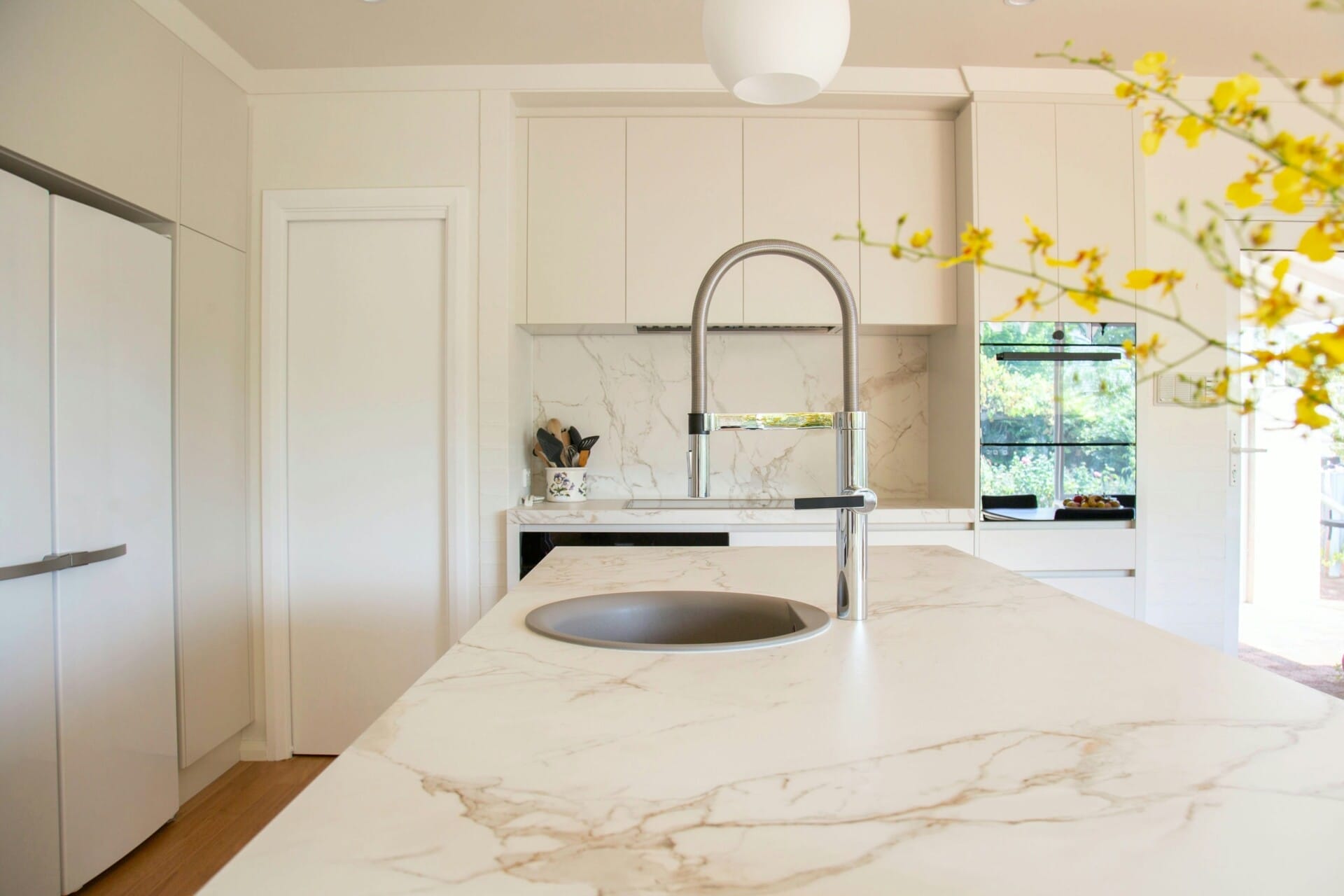
Maximizing Energy Efficiency Through Strategic Orientation
When it comes to energy efficiency, the way your home is oriented can make a world of difference. In Malaysia, where the sun shines intensely, strategic orientation allows you to harness natural light and airflow to your advantage. By positioning your home correctly, you can minimize reliance on electrical lighting and air conditioning, significantly reducing your energy bills while maintaining a comfortable living environment.
Consider how the sun moves across the sky throughout the year. By maximizing natural light, you not only brighten your living spaces but also enhance your mood and productivity. Here are some ways a well-thought-out orientation can help:
- North-facing windows capture more light without the harsh heat of direct sunlight.
- South-facing roofs are ideal for installing solar panels, which can further decrease energy costs.
- Strategically placed trees or awnings can provide shade, cooling your home naturally.
It’s not just about the sunlight, though; airflow plays a crucial role too. A home designed to encourage cross ventilation can significantly lower indoor temperatures and humidity, making your space pleasant without the constant use of cooling systems. To visualize this, check out the table below that outlines the benefits of optimal window placement:
| Window Placement | Benefits |
|---|---|
| East-facing | Morning light; keeps spaces cooler in the afternoon. |
| West-facing | Maximizes evening light but may require shades for heat control. |
| South-facing | Captures winter sun; ideal for passive solar heating. |
Adopting an energy-efficient orientation isn’t just about comfort—it’s a sustainable choice that can lead to long-term savings and a healthier environment. With a little planning and consideration, you can craft a living space that is not only more enjoyable but also aligned with eco-friendly practices. So, before you build or renovate, give your home’s orientation the thought it deserves!

Creating Cozy Spaces: How Orientation Influences Room Temperature
When it comes to designing your home, the direction it faces can make a huge difference in how cozy and inviting a space feels. Spaces that receive ample sunlight during the day tend to feel warmer and more welcoming, especially in the cooler mornings and late afternoons. If your living room faces east, you can bask in the natural light as the sun rises, creating a bright start to the day. Consider adding window treatments that can help you control the light intensity, making it easier to enjoy the sun without overheating in the afternoons.
On the other hand, rooms that are oriented towards the west get more evening sun, which can be a double-edged sword. While they can provide stunning sunset views, they also heat up quickly as the sun dips lower in the sky. To combat this, think about natural ventilation strategies, such as strategically placed plants or reflective surfaces that redirect heat away during peak hours. Using darker colors in these rooms can also absorb heat during the day, but you can balance that out by incorporating cooling elements like fans or light curtains in more pastel shades.
Understanding how your space interacts with natural elements like wind and sunlight is vital for creating that perfect cozy vibe. For example, if your kitchen faces south, it’s likely to be warmer. You might want to install insulated windows to help maintain a stable temperature. A simple table can help you visualize some of the best orientations for different areas of your home:
| Room | Optimal Orientation | Temperature Management Tips |
|---|---|---|
| Living Room | East or South | Use light curtains; add plants for natural cooling. |
| Kitchen | South | Install insulated windows; use ventilation. |
| Bedroom | North | Dark colors; heavy drapes for cooler nights. |

Optimizing Views and Privacy for Better Living
When looking to maximize both views and privacy in your home, the orientation of your house plays a crucial role. West-facing homes may catch stunning sunsets, but direct afternoon sun can also lead to an uncomfortable heat, making air conditioning a necessity. Alternatively, east-facing homes allow for bright mornings while offering a gradual afternoon shade, making it a popular choice for energy-efficient living.
Think about the landscape around your property when determining your home’s orientation. Assessing the natural surroundings can help you create the ideal balance between visibility and protection. Some ideas include:
- Positioning tall trees on the western side as shields from the sun.
- Utilizing strategic planting to create natural barriers for privacy.
- Incorporating pergolas and awnings that provide both shade and aesthetic appeal.
When considering layout designs, room placement can significantly influence your living experience. For instance, you might want to place common spaces like the living room and kitchen facing the best views while positioning bedrooms towards the quieter, more private zones. Here’s a simple layout approach:
| Room Type | Optimal Orientation |
|---|---|
| Living Room | Open to Views |
| Bedrooms | Private / Quiet Areas |
| Kitchen | Morning Sun |
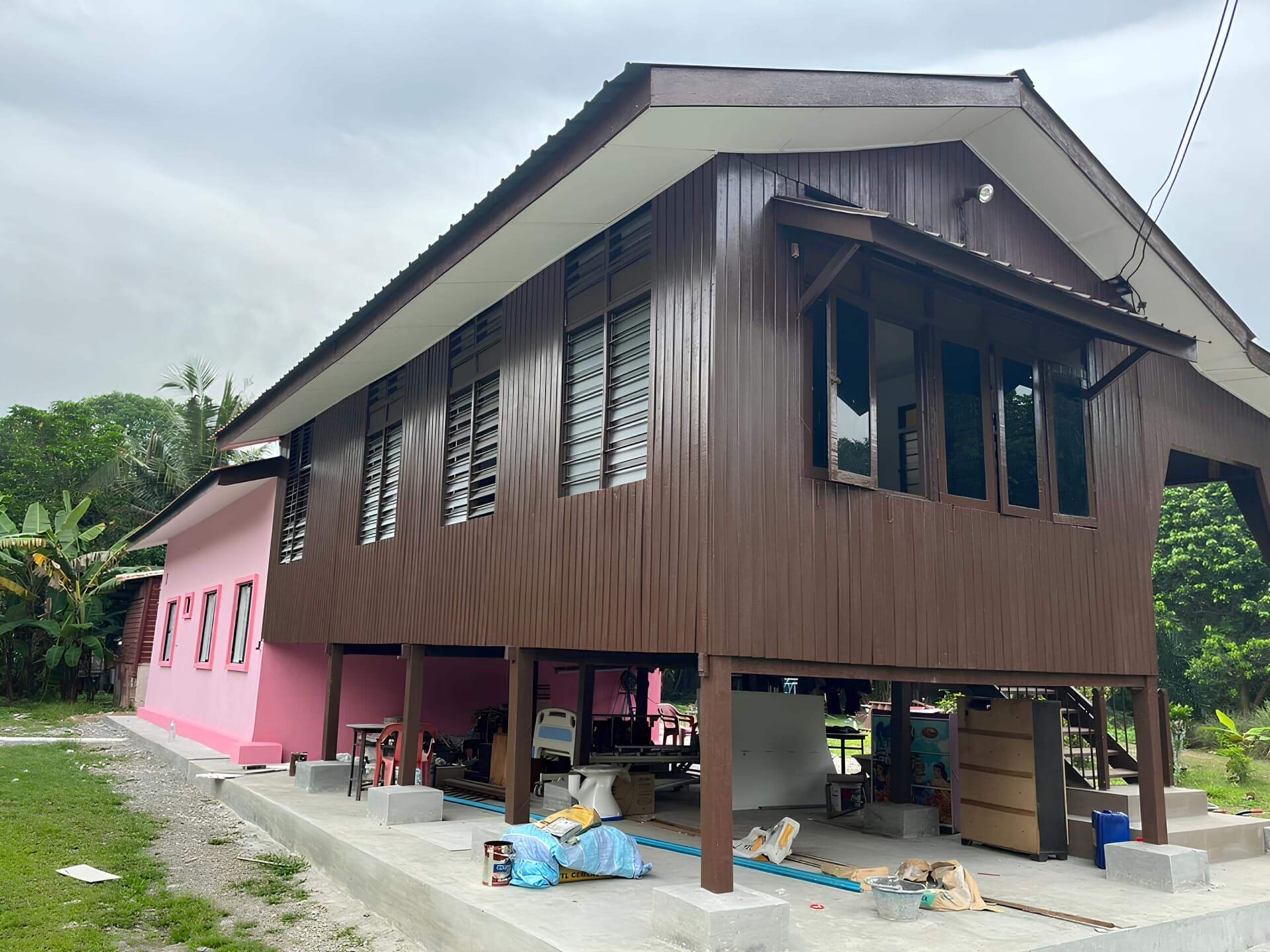
Incorporating Landscaping to Enhance Your Homes Orientation
When you start thinking about how your home interacts with its surroundings, landscaping becomes not just an accessory but a vital part of the overall design. Strategically placed trees and shrubs can act as natural windbreaks, providing shelter from the often unpredictable Malaysian weather. By incorporating native plants that are suited for local climates, you can enhance the aesthetic appeal of your home while also contributing to the ecosystem. Here are some benefits of integrating landscaping:
- Temperature Regulation: Well-placed greenery can lower the temperature around your home, reducing the need for excessive air conditioning.
- Privacy Enhancement: Tall plants can create a natural screen, ensuring your home feels cozy and secure without the need for fences.
- Wildlife Friendly: Native plants often attract beneficial wildlife, helping to create a balanced environment.
Another aspect to consider is how the orientation of your home can work with your landscaping choices to maximize natural light and reduce energy costs. By positioning larger plants to the south and west, you can effectively shield your home from harsh afternoon sun, while allowing gentle morning light to flood into your living spaces. In contrast, smaller plants and ground cover can enhance pathways and outdoor areas, creating a welcoming atmosphere. Here’s a simple table layout to illustrate plant placements:
| Plant Type | Best Placement | Benefits |
|---|---|---|
| Shade Trees | South & West | Reduces heat and glare |
| Flowering Shrubs | North & East | Enhances morning light |
| Ground Cover | Pathways & Edging | Provides a soft touch and reduces soil erosion |
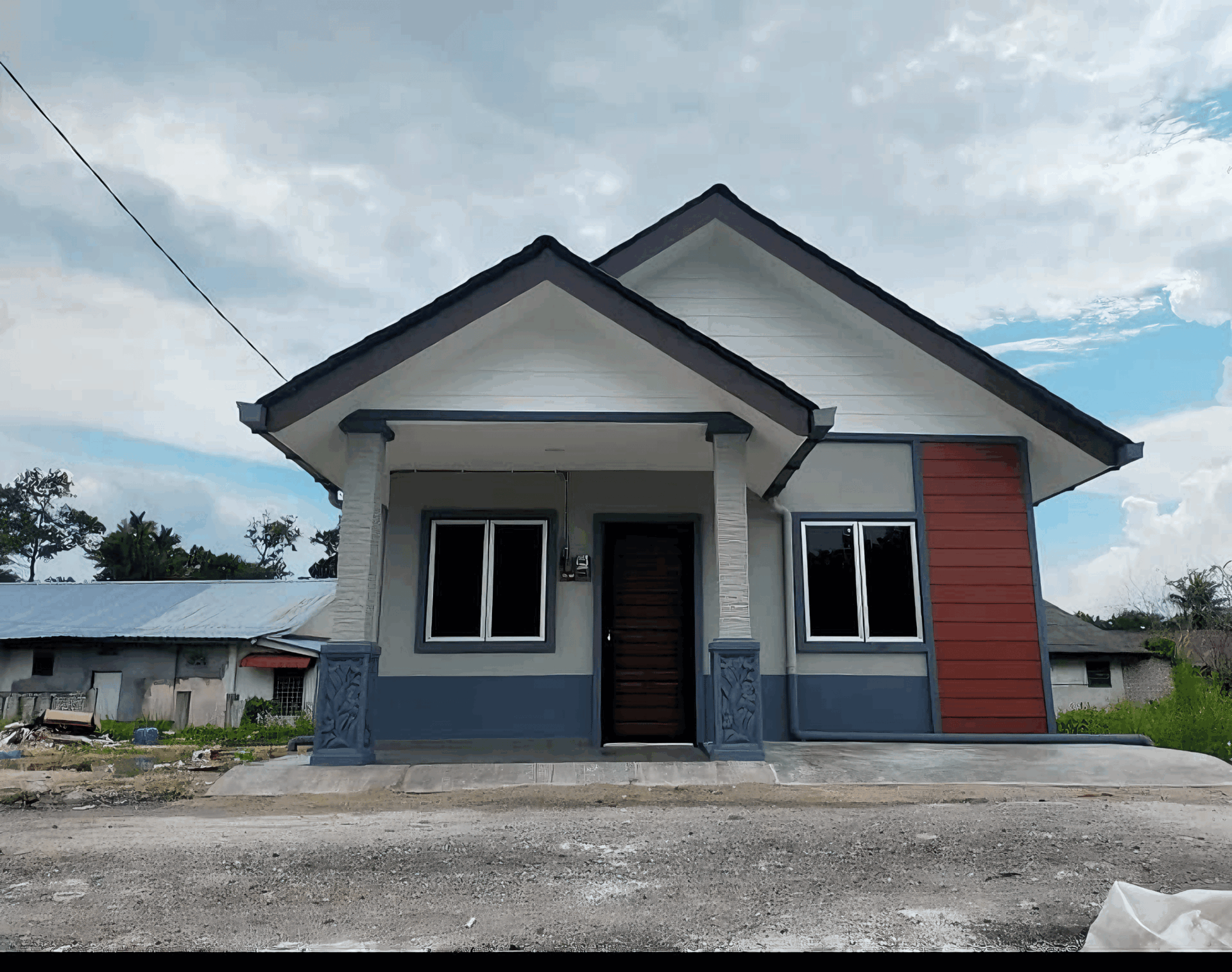
The Role of Location and Climate in Home Design
Location and climate play crucial roles in sculpting the overall design of a home. In Malaysia, where tropical weather prevails, the orientation of a house can dictate not just aesthetics but also comfort and energy efficiency. The idea is simple yet profound: positioning a home to maximize natural light while minimizing heat can reduce reliance on air conditioning, making your living space more eco-friendly and cost-effective.
For instance, consider the sun’s path throughout the day. Homes that face the right direction can take advantage of natural ventilation and light, creating a healthier indoor environment. Take note of these factors when designing your layout:
- Sunlight Exposure: East-facing homes get warm morning sunlight, which is generally less intense.
- Cross Ventilation: Aligning windows to allow for breezes can help cool your home naturally.
- Protection from Rain: Eaves and overhangs must be designed thoughtfully to shield against heavy downpours common in tropical climates.
| Orientation | Benefits |
|---|---|
| East | Morning light, cooler afternoons |
| West | Afternoons can be hot, but views can be scenic |
| South | Consistent light, good for living areas |
| North | Less heat, ideal for bedrooms |
Taking into account the rainfall patterns and seasonal variations in Malaysia also helps in crafting a more resilient home. The right orientation can mitigate weather impacts like flooding or storms, which are not uncommon in certain regions. Wrap your design around the environment, and you’ll not only enhance the home’s aesthetic appeal but also create a sanctuary that harmonizes with its surroundings, turning your living space into a comforting retreat.
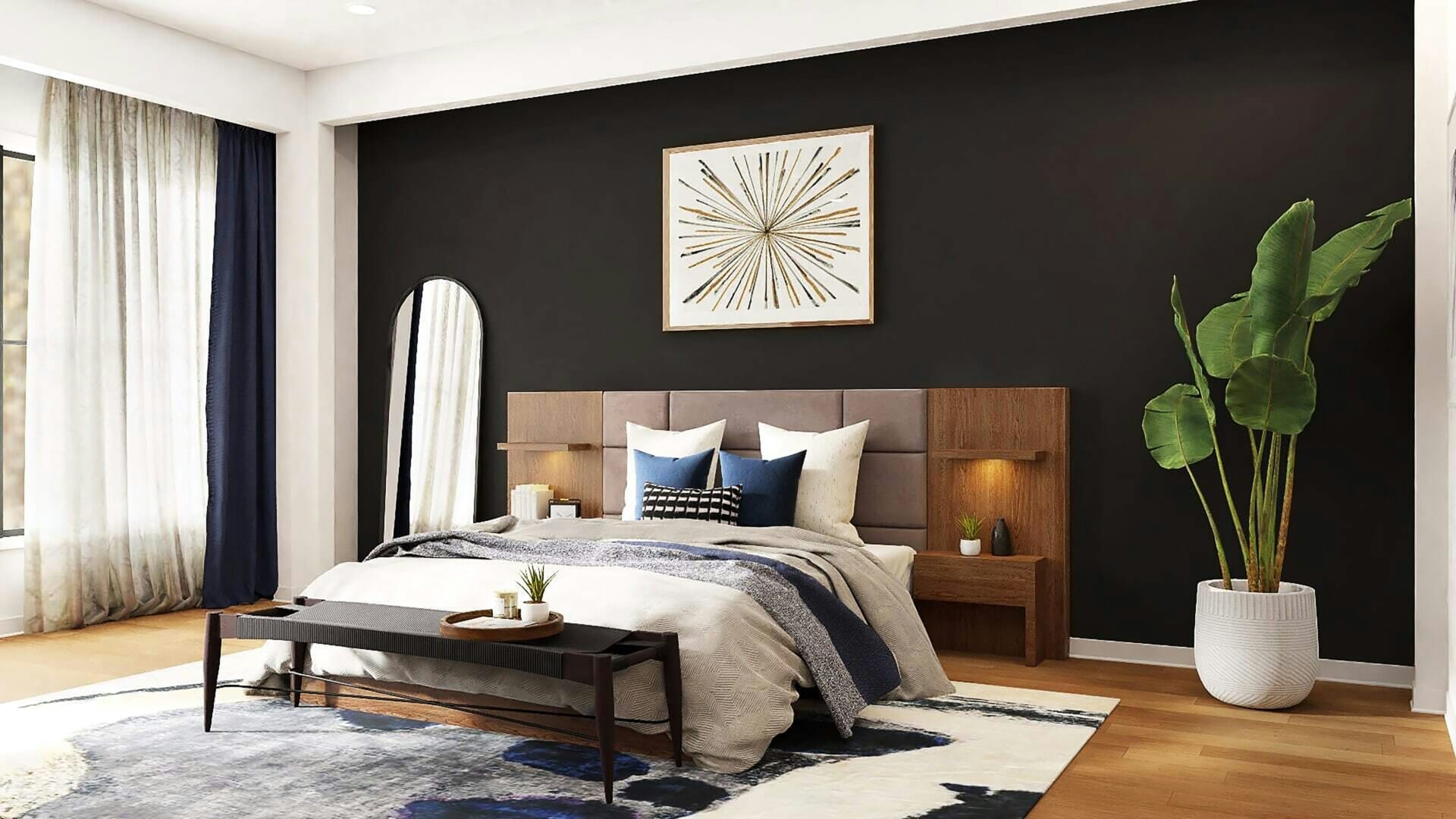
Future-Proofing Your Home: Trends in Orientation and Sustainability
When it comes to making your home sustainable, the direction it faces might be more crucial than you think. Orientation plays a significant role in energy efficiency, natural light management, and overall comfort. For instance, homes that have large windows facing north can take advantage of the soft, diffused sunlight throughout the day, helping indoor spaces feel bright and inviting without overheating. On the other hand, south-facing homes can capture the sun’s heat efficiently during the day, allowing homeowners to rely less on artificial heating solutions.
Another fascinating aspect of home orientation is its impact on natural ventilation. In Malaysia’s warm and humid climate, proper alignment of your windows and doors with prevailing winds can create cross-ventilation, leading to reduced reliance on air conditioning. Here are a few simple tips to consider for optimal airflow:
- Position windows and vents on opposite walls to create a breeze.
- Choose tall ceilings to allow warm air to rise and escape.
- Incorporate overhangs or awnings to shield windows from direct sunlight.
Moreover, sustainable building materials can complement the benefits of proper orientation. Consider incorporating eco-friendly materials in your home design to further enhance its sustainability. Here’s a quick glance at some options:
| Material | Benefits |
|---|---|
| Bamboo | Fast-growing, renewable resource. |
| Recycled Steel | Durable and energy-efficient. |
| Rammed Earth | Excellent thermal mass for temperature regulation. |
To Wrap It Up
As we wrap up our little journey through the ins and outs of your home’s orientation, it’s clear that where your house sits can pack more punch than you might have thought. From energy efficiency to comfort and even mental well-being, a well-oriented home can set the stage for a happier, healthier lifestyle right here in our beautiful Malaysia.
So, the next time you’re planning a new home or just looking to make a few tweaks, remember to check that compass. Think about how the sun moves across the sky, where the breezes blow, and how those elements can work for you. Whether it’s maximizing natural light or soaking in those lovely evening views, paying attention to orientation can make a huge difference in your everyday living.
it’s all about creating a space that feels just right, tailored to your needs. So go ahead, take a closer look at your home’s position, and let those little changes lead to big vibes. Your home should feel like the perfect retreat; after all, it’s where we all unwind and recharge. Happy home-making!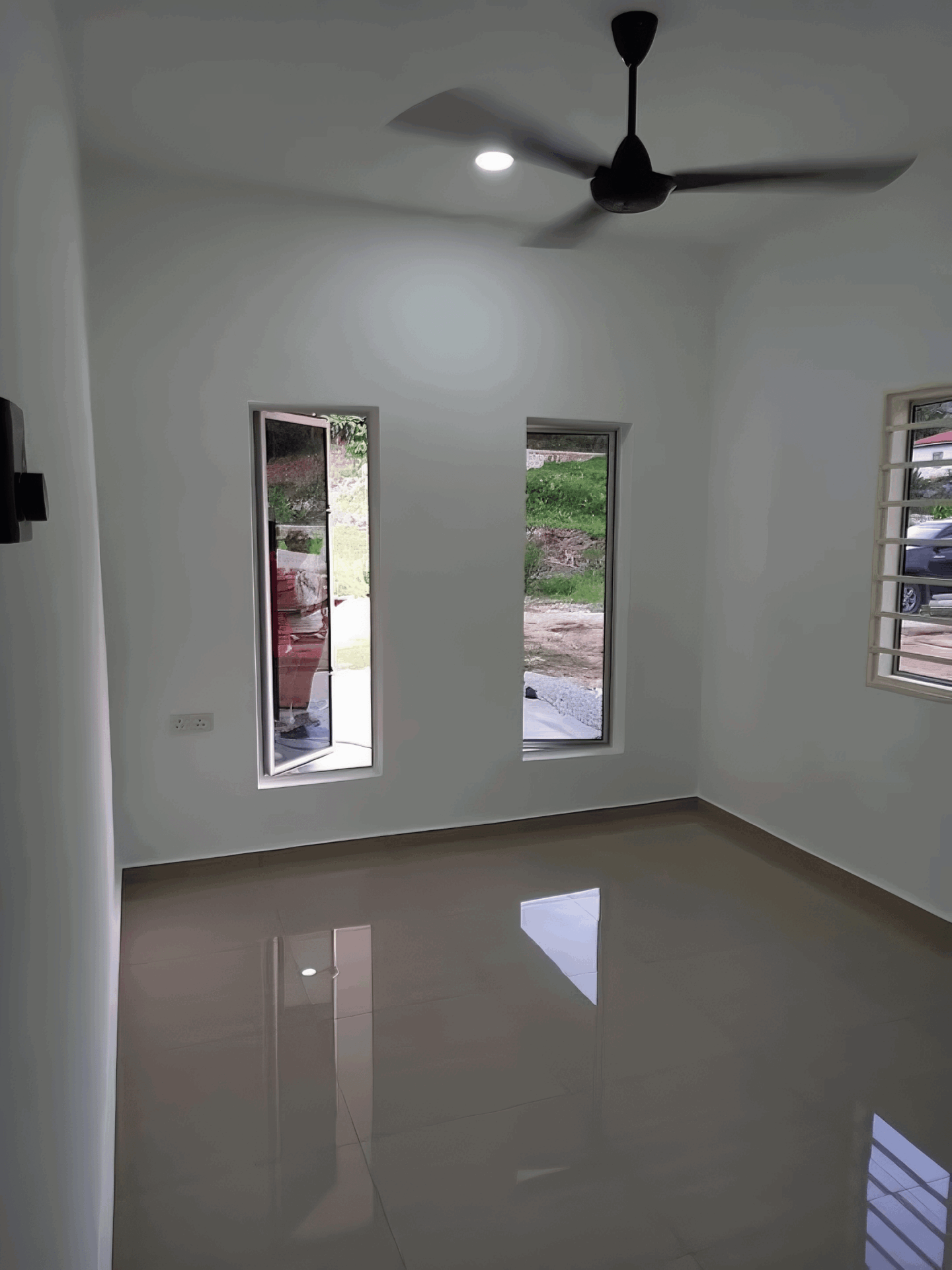
Source link
kontraktor rumah
bina rumah
pinjaman lppsa
pengeluaran kwsp
spesifikasi rumah
rumah batu-bata
pelan rumah
rekabentuk rumah
bina rumah atas tanah sendiri
kontraktor rumah selangor
rumah banglo




